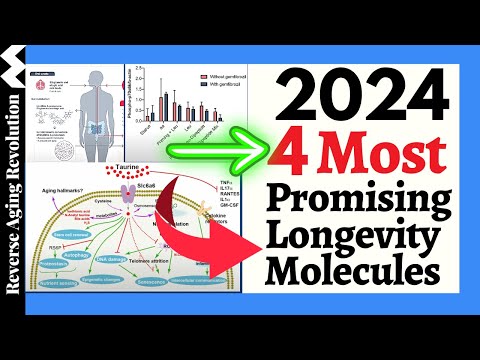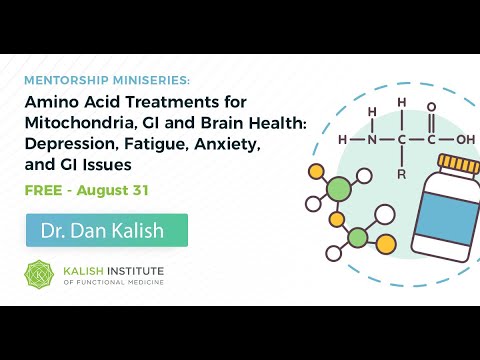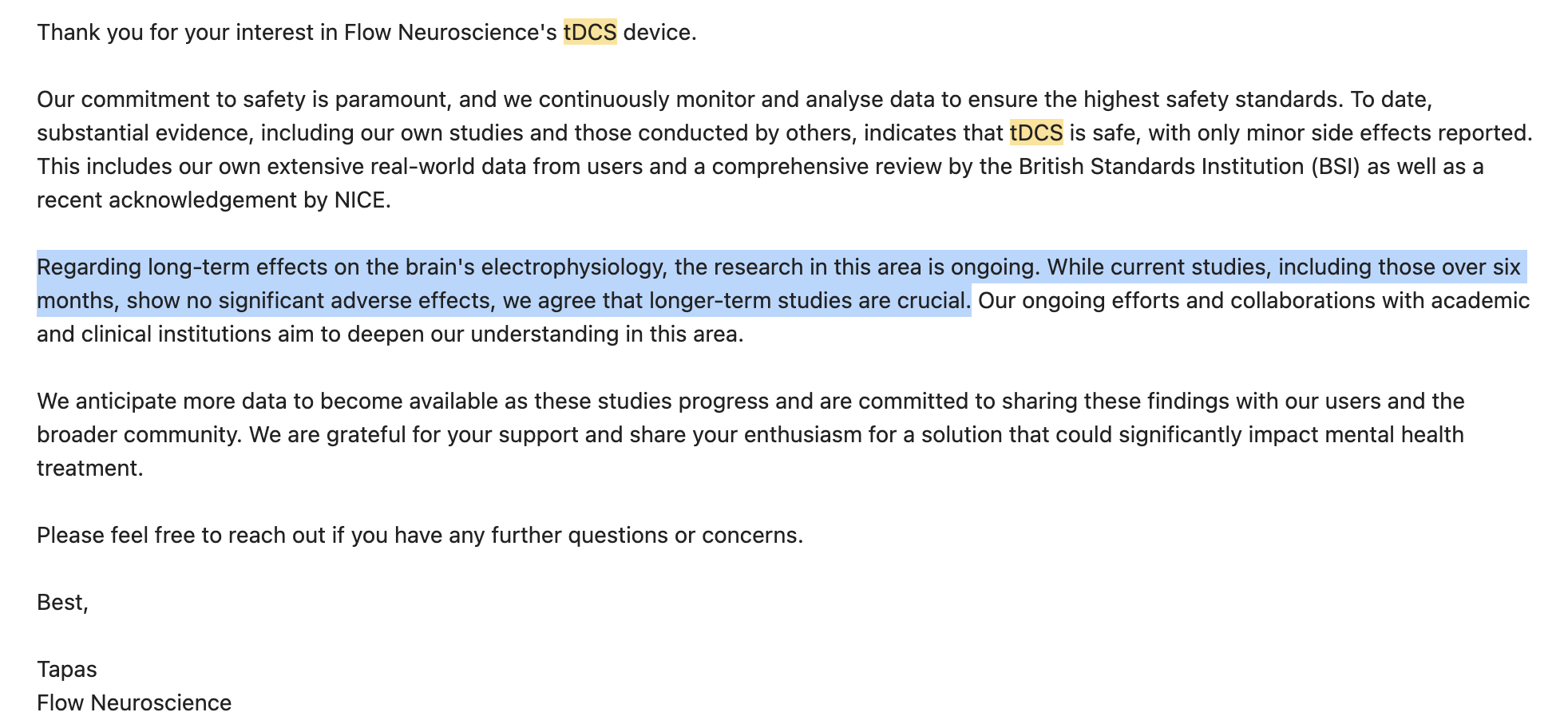@melivelongtime Yes and yes. I have found Adderall to be a good mood elevator, and it almost lasts all day. Likewise with the occasional use of sleep deprivation. I once had a job with deadlines and often to meet them I had to pull all-nighters. After struggling and getting nowhere for hours, I usually did my best work at dawn. I found myself in a flow state and the work became nearly effortless.
- Rapamycin + ketamine may be more effective than ketamine alone for major depressive disorder (MDD). And Kaeberlein’s survey points to many users feeling happier: an interesting but weak signal.
The rapamycin+ketamine data is very interesting, especially since some preclinical work indicated that ketamine’s antidepressant/AD effects required mTOR. One of that paper’s authors has suggested that rapamycin may inhibit microglial synaptic pruning, and that this may prolong a ketamine-mediated increase in synaptic density.
It’s also interesting that preclinical work suggests ketamine’s AD effects require GSK3β inhibition [1], and lithium can even potentiate ketamine’s AD effects in mice. [2] Interestingly enough, GSK3β’s cellular localization is governed by mTORC1, and rapamycin partially redistributes GSK3β to the nucleus. [3]
Big drawbacks with ketamine it can be extremely addictive, it’s clearly toxic to the bladder, and is acutely cognitive impairing.
I remember experimenting with adderall in college to study for exams every once in a while. It would always make me so happy and want to talk to everyone. Wish it wasn’t so bad for us though.
Unfortunately, Pulsetto doesn’t work well for me. When I use it I cannot fall asleep. I think that the problem could be in the diameter of the ring that goes around neck: my neck could be too thin for it and it looks like it stimulates more of my thyroid rather than vagus nerve.
This interesting video mentions Gemfibrozil - it’s likely similar to the two fibrate cholesterol meds you mentioned, but appears to have longevity benefits the others lack
(The other compounds they mention seem interesting and I’m taking some of those)
The wiki article on Gemfibrozil doesn’t seem very encouraging tbh.
Good information on Gemfibrozil in this thread, if you’re interested in it: Gemfibrozil, a lipid-lowering drug, improves damage in a mouse model of aging
I agree that exercise is one of the most effective antidepressant there is.
However many people are unable to do significant exercise for various reasons such as physical disability. No real access to consistent outdoor exercise because of the weather conditions where they live. Also many depressed people have a problem with exercise because they just don’t feel like doing anything, let alone exercise.
People really should seek mental health counseling first, but that again is not always possible because of where they live.
Having said that:
Lithium supplementation with lithium orotate might help. But, because the lithium orotate supplementation is far below prescribed therapeutic doses, it may take a very long time to work and the effect may be mild.
Prescription medications also usually take a long time to work, and finding the right combo for relief is often hard.
For an immediate boost, and I am not giving medical advice, 2 grams of l-tyrosine and 2 grams of Mucuna pruriens in the morning often give an all day lift.
I occasionally use this combo with no ill effects.
The reason the combo works so well is that they are synergistic. So caution is advised using the two together
“Synergistic Potentiation: Combining these two substances could significantly amplify their dopamine-boosting effects, increasing the risk of adverse reactions.”
Sorry to hear - have you asked if they have a smaller size or if they can guide on placement?
L-Tyrosine and Mucuna Pruriens both act on the same pathway and increase dopamine. The difference is that L-Tyrosine is regulated by your body enzymatically so that your body can say ‘Hey! That’s enough dopamine!’. Mucuna Pruriens bypasses the limiting enzymes and goes straight into dopamine so you can overdose. Signs of too much dopamine are:
High Dopamine Symptoms
- Anxiety.
- Excess energy or mania.
- Increased feelings of stress.
- High sex drive.
- Insomnia.
- Aggression.
- Hallucinations.
That’s the danger of Mucuna Pruriens.
Why do people take it then? Sometimes your body may need more dopamine than tyrosine can give you so you take Mucuna to force your dopamine levels up. With depression, you may need to do this. I’d recommend starting low and increasing the dosage until you find what is right for you.
This is a great video by Dr. Kalish that describes Tyrosine and Mucuna Pruriens in detail for the treatment of depression, fatigue, anxiety, etc…
Tyrosine is pretty nice stuff. 500mg is enough to give me a subtle focus and motivation boost, but now I want to try a 2g dose all at once. Although for dopamine, it seems like less is usually more for me.
Strangely enough, have noticed signs of mood “crappyness” recently and decided to go on HRT - I’m 61 and it FIXED my mood, increased energy, improved sleep, IBS is better - but I don’t know how this could mitigate issues in a person biologically male. But it was such a small tweak with such snowball repercussions.
I’ll let you know how it impacts my muscle building and exercise in due course. ![]()
Oh yes - microdosing shrooms isn’t without merit. Also been taking oil of Oregano, 2 drops in a shot glass with water for IBS/SIBO - maybe too many variables but results!
FYI, Flow’s answer regarding safety (blue highlight is mine):
They answered very quickly. They seem extremely serious and to do things the right way. I’m really willing to try… There are 50 active trials of tDCS (not specifically the flow device, but the method behind it) and 348 are recruiting: ClinicalTrials.gov It’s massive. So I assume many researchers are bullish about this technology. Dozens of them expected to finish this year, for various conditions: depression, back pain, sleep, diabetes, smoking cessation, schizophrenia, Alzheimer’s, long Covid, anxiety, alcohol disorder, etc. Most of these studies will fail of course (or just never publish their results…), but at least we’ll soon get a clearer view on the potential of tDCS.
I too found being with my dog very helpful, looking after an endlessly happy little creature is a really nice distraction! I guess it’s personal preference though too.
I remember being depressed as a very young child, and I was medicated for years as a teen (didn’t help much) during this time animals helped me a lot.
Ultimately removing the source of my depression (abusive parent) from my life was what I needed.
Now I am interested in CPTSD treatments.
I think this thread is a great addition to the forum. Thank you for crafting such a well structured introductory post.
The bases have been well covered already, with the exception of the low-dose selegiline that you listed, so I will comment on that. I’ve been testing low-dose selegiline hcl for only 3 weeks now after suspecting that I had a dopamine problem that was not fixed by testosterone replacement therapy.
What I’ve noticed most is that for the first time in at least a decade I am interested in doing things that I once enjoyed, but lost the ability to enjoy. I have found myself returning to hobbies that I pursued when I was much younger, and I have found that I’m having very pleasant emotional responses to memories that are cued by subtle and random things. I might describe this as a part of my brain waking up after a long period of dormancy. I am not in the least bit manic or in any kind of strange state of ecstasy or anything like that. Rather I feel like my old self is being revived. Or should I say my young self?
I also tried bupropion for a while, but it was nothing like this. Selegiline feels subtle and natural for me, whereas bupropion made me irritable.
N=1 and 3 weeks isn’t worth much, and maybe it will wear off, so I’ll report back later. My dose was 2.5mg EOD, but now I am doing 1.5mg daily, with food.
Selegiline seems to possibly have life extending properties as well, other than the mood enhancing effects. (David Pearce, a transhumanist philosopher, wrote The Hedonistic Imperative six weeks after starting it). In an interview he had with Sam Barker who also created a music album, Utility, to accompany the ideas:
David Pearce: Yes, actually. I started taking Selegiline, and six weeks later I wrote the Hedonistic Imperative. It just gave me just enough optimism to embark on. I mean, I have, fundamentally, a very dark view of Darwinian life, but for mainly technical reasons I think the future is going to be super humanly glorious. How do you evoke this for our dark, Darwinian minds?
Thanks. Deprenyl is probably great and I’d love it to have life extending properties but I’m skeptical: how come we only have old articles from one small Hungarian university? How come no one else tried to reproduce their extraordinary findings? (especially the ITP) How come even the research team at this university does not do deprenyl studies anymore? And how come they don’t answer my emails about suggesting deprenyl to the ITP? ![]() (see: How Selegiline ((-)-Deprenyl) Slows Brain Aging - #18 by adssx )
(see: How Selegiline ((-)-Deprenyl) Slows Brain Aging - #18 by adssx )
That’s a very interesting anecdote @A_User ! My belief is that anything that is both safe and helps me fight depression will likely extend my life even if only by giving me more energy and drive to engage in healthy behavior and press forward. But even if it turned out to shorten lifespan, the trade off might be worth it to a person like me.
I think you all would see your depressive symptoms disappear like magic if you took a single Adderall. Everything else you guys have mentioned here has almost zero effect on mood when compared to amphetamine. It also increases athletic performance, enhances your learning speed & creativity, and is a mild pain killer. You do pretty much everything better with Adderall (except sleep). It’s really life-changing.
Could help, especially for us with attention problems, there is the problem of tolerance, though.
Selegiline mentioned above is related to amphetamine in some way:
" Selegiline belongs to the phenethylamine and amphetamine chemical families. It is also known as L-deprenyl, as well as (R)-(–)-N,α-dimethyl-N-(2-propynyl)phenethylamine or (R)-(–)-N-methyl-N-2-propynylamphetamine. The compound is a derivative of levomethamphetamine (L-methamphetamine) with a propargyl group attached to the nitrogen atom. This detail is borrowed from pargyline, an older MAO-B inhibitor of the phenylalkylamine group.[22] Selegiline is the levorotatory enantiomer of the racemic mixture deprenyl." – Wikipedia
There might be different types of depression – or suffering, and healing balms for each type, but I haven’t read that much on this topic so I don’t know.
On a side note, David Pearce owns the domain for many type of drugs, and has compiled information on it, like amphetamines.org
He doesn’t seem so keen on it.
See the section on “The Dopamine Connection” as well:
One spectacularly incompetent route to a lifetime of happiness involves taking unsustainable psychostimulants such as cocaine or the amphetamines. In the short term, their activation of the sympathetic nervous system tends to elevate mood, motivation and energy. Users tend to talk a lot. Self-confidence is enhanced: these are “power drugs”. Physical strength and mental acuity are variably increased. Whereas cocaine blocks the neuronal re-uptake of the catecholamine neurotransmitters noradrenaline and dopamine, amphetamine triggers to a much greater extent their synaptic release. Amphetamine feels coarser, lasts longer and costs less.


